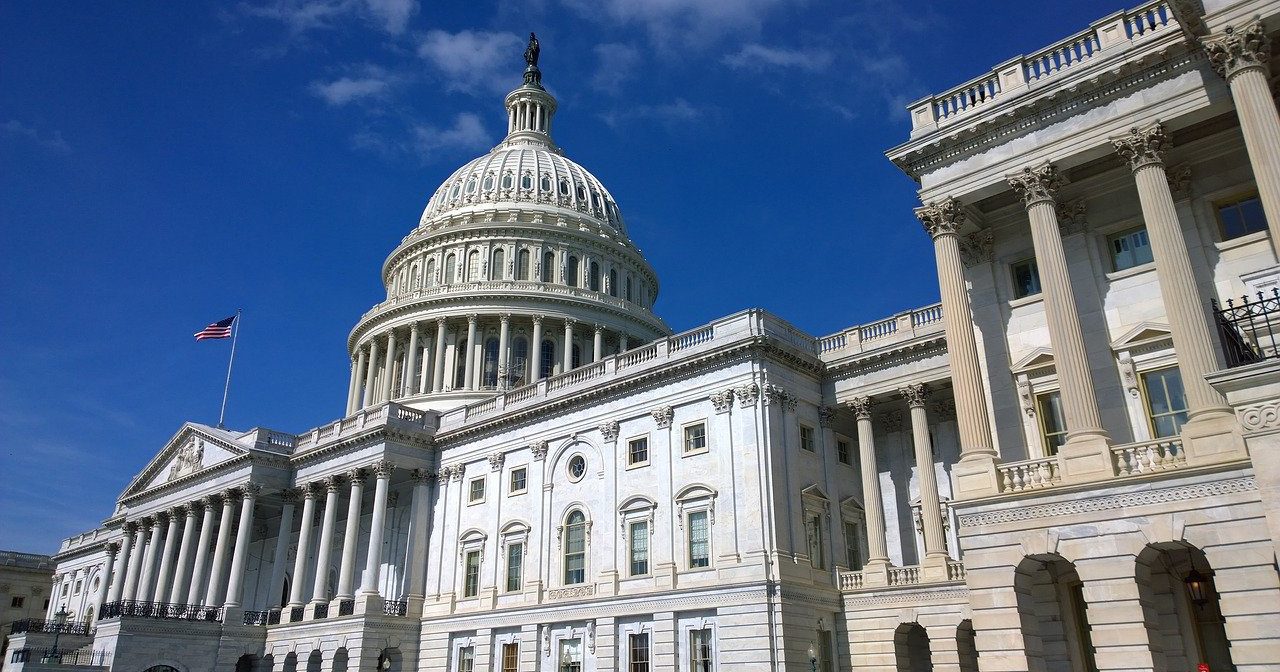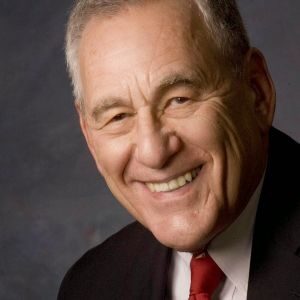How are we going to pay for all this?
In March, the monthly gap between federal spending and revenues was the third-largest in U.S. history.
Whether Donald Trump or Joe Biden is president, federal spending keeps climbing. But raising the money to pay for it has been lacking. Even worse, under Trump spending increased and taxes were cut.
Congress had made a deal that, aside from fixed benefits, military and non-military expense would be kept about equal. That deal was broken by Trump, who boosted military spending with GOP support. He also paid billions to compensate farmers for the negative effects of his trade policy.
Biden has proposed about $2 trillion in infrastructure spending. Last week he released his proposed budget that would boost federal spending to move toward restoring the budget deal without military cuts. Both he and Trump spent without restraint to combat COVID-19, the main cause of the March deficit.
The U.S. is now using the word “trillion” routinely. The old saying, attributed to several political sources, was “a billion here, a billion there, pretty soon it begins to add up to real money.” Soon, “billion” will be replaced by “trillion.”
The problem is paying for it all.
The Federal Reserve can create money. When the coronavirus hit, it did just that to pump funds into a faltering economy and stave off a recession. But that kind of support is temporary and really only a loan.
There is only one ultimate answer. The people who pay the taxes will have to pay the bill.
Are taxes already too high?
The political mantra is that the government takes too much of your “hard-earned money.” Taxation is undesirable and reduces your ability to decide how to spend your own money. The mantra is mistaken.
Only about 57 percent of households pay any federal income tax. The rest, mostly the poor and part of the middle class, have no income tax liability. A small percentage of the wealthiest households also pay no income tax.
The amount of money the government will recover in taxes is partly determined by what Congress decides upon as the activities and actions it wants to support. So tax revenues buy things decided by the representatives of the taxpayers. Those decisions are easier and more politically popular than paying for them.
Beyond income taxes, the government levies a payroll tax, and almost everybody who works pays it. These taxes supposedly pay for guaranteed programs like Social Security. But they don’t. An individual’s payroll tax usually doesn’t cover more than a fraction of the benefits the worker will receive in retirement. Today’s workers pay for retirees.
Because the federal government runs up a budget deficit almost every year and payroll taxes don’t cover benefit commitments, it looks like taxes are too low.
Biden proposes to raise taxes on the most wealthy households and on corporations. If he gets his way, the new tax rates will still be lower than under President Obama. In other words, much of the Trump tax cuts will survive.
But corporations and some wealthy individuals complain that if they pay more taxes, they will invest less in the economy, creating fewer jobs. It may seem logical that raising taxes could have a negative effect on the economy, but there’s no proof. In fact, much of government spending finds its way into the private sector, stimulating the economy.
There’s one way to increase tax revenues without a tax increase: Give the IRS funds for enforcement. The IRS commissioner recently reported that the government could be losing as much as $1 trillion a year to cheaters. Cutting big government has meant slashing the IRS budget. Biden wants a 10 percent increase.
If we want better roads and more warships but dislike taxes, how do we pay for them? The federal government borrows and debt increases. Don’t worry about that, say succeeding presidents.
The economy will keep growing, especially without heavy taxes, and that will produce more tax revenues that can be used in the future to pay off the debt. The annual projection about future tax revenue is one of the greatest exercises in artificial optimism. Great days are always coming.
To that hope, we have joined the belief that interest rates are now so low that future payments won’t be burdensome. Add low interest rates to a booming economy and more debt is no problem.
That theory leads to tax cuts. If lower taxes help the economy, we should cut them even more. That worked once, under President Kennedy, and became an almost sacred belief. It never again worked. The national debt keeps growing, partly because increased revenue is spent, not used to pay off debt.
Add to that the fact that states cannot increase their debt without paying for it, so they lean on Washington for funds because the federal government has no such rule. They transfer much of the high tax responsibility to Washington and, hopefully, taxpayers elsewhere.
There will always be new demands on government, so for the sake of future generations debt should be kept under some control. Otherwise, making debt service payments will inevitably require high taxes and crimp the budget. That would harm the economy.
The Washington debate focuses on limiting taxes as the way to choke the growth of big government. It ought to focus on just what we want from government and then decide if and how we pay for it.







